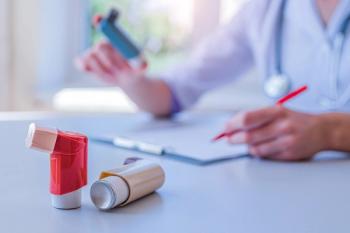
Sitting devices endanger sleeping infants
Infants who sleep in sitting or carrying devices such as car seats, swings, slings, or bouncers run a risk of suffocation, warns a new study.
Infants who sleep in sitting or carrying devices such as
Researchers reviewed 47 deaths of children aged younger than 2 years, newborns as well as toddlers, that occurred in sitting or carrying devices and were reported to the US
Thirty-one infants died in car seats, 5 in slings, 4 in swings, 4 in bouncers, and 3 in strollers. Of the children who died in car seats, 52% died of strangulation on the straps and the rest of positional asphyxia. Children as old as 2 years died in car seats, whereas babies up to 8 months died in other types of devices.
The researchers found wide variations in the time between when a caregiver last saw the child and the child was found dead, from as little as 4 minutes to as long as 11 hours. Mean times were 26 minutes for slings, 32 minutes for strollers, 140 minutes for car seats, 150 minutes for bouncers, and 300 minutes for swings.
Proper restraint and supervision are key to the safety of infants and children aged younger than 2 years in car seats, the researchers conclude. They advise parents not to use car seats as sleeping places outside the vehicle (89% of car seat deaths with a known location occurred outside a car) or place them on a soft or unstable surface, and never to leave a child in a seat with unbuckled or partially buckled straps. A child in a
The researchers further advise caregivers to make sure that infants in sitting devices can’t turn their heads into soft bedding or slump forward in the seat. They caution that the restraints on strollers, bouncers, and swings may not prevent children from getting into positions that could compromise the airway and warn against putting 2 infants in a swing designed for 1.
Newsletter
Access practical, evidence-based guidance to support better care for our youngest patients. Join our email list for the latest clinical updates.







